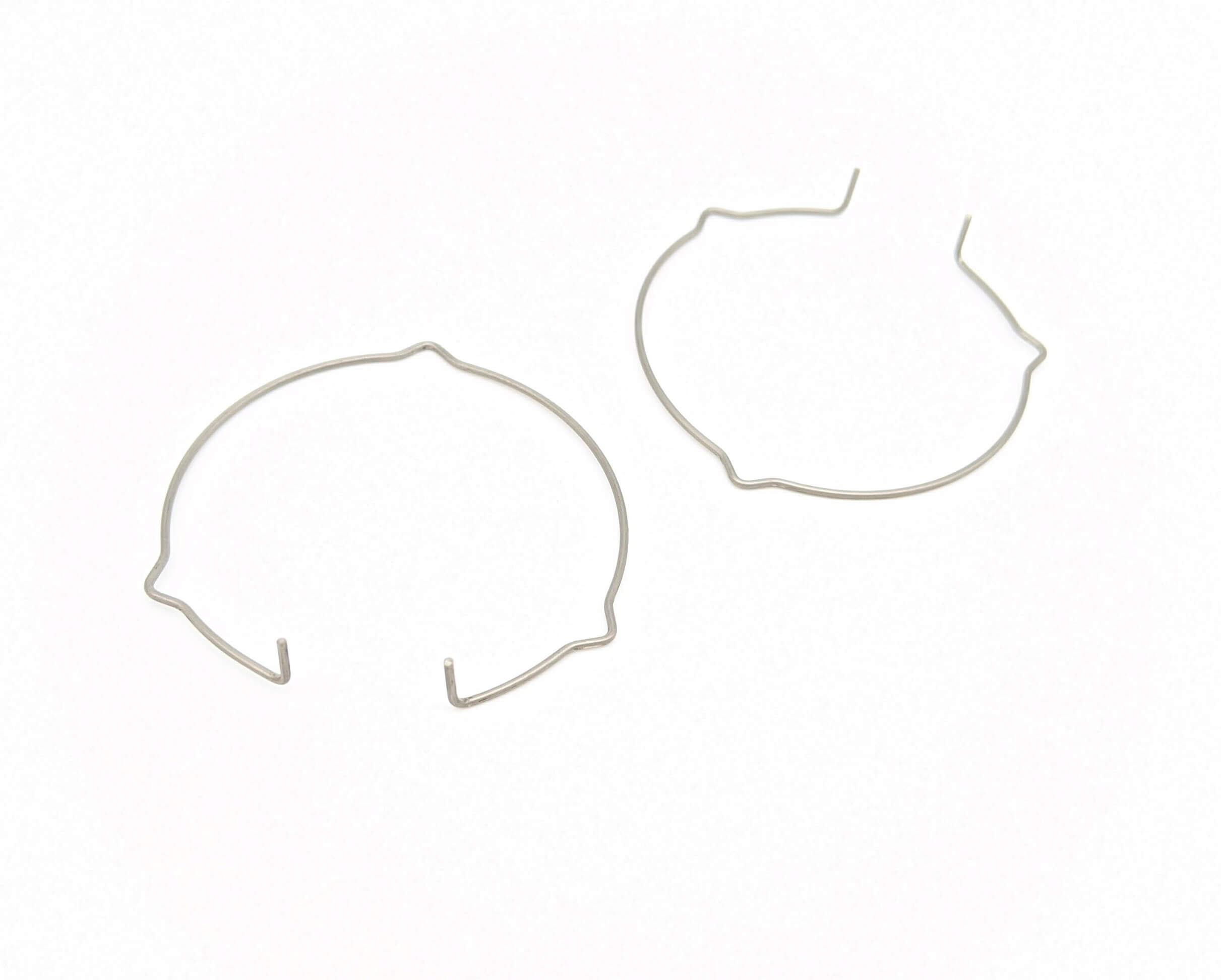Get unique, complex parts easily. No matter your requirements, Chaoyi Spring creates hard-to-produce coil springs and wire forms.
Let us help you create the custom wire form you need, from S-hooks and J-hooks to utility hooks and more.
We work closely with customers across a wide range of industries, helping them design and manufacture made-to-order parts.
Why choose Chaoyi Spring? We prioritize customer-focused collaboration, modern equipment and the latest technology to make your parts per print.
Find the information and guidance you need, from measuring a spring to learning about materials, placing an order and much more.
Tension springs, often referred to as 'extension springs' or 'coil springs,' are essential components in countless mechanical systems. They provide a force that resists stretching or pulling, and their applications


Tension springs, often referred to as 'extension springs' or 'coil springs,' are essential components in countless mechanical systems. They provide a force that resists stretching or pulling, and their applications range from simple household items to complex industrial machinery. One important aspect of tension springs is their 'lows,' which refer to the minimum length the spring can achieve when fully compressed. Understanding the lows of tension springs is crucial for engineers and designers to ensure proper function and prevent spring failure. This guide delves into the intricacies of tension spring lows, exploring their impact on performance, design considerations, and practical applications.

Tension springs, unlike compression springs, work by storing energy when stretched. Their 'lows' represent the compressed state, the minimum length they can attain before reaching their limit. The lows are a critical parameter for spring selection and application, determining the space required for installation and the maximum force the spring can exert. Think of it like this: a rubber band has a certain resting length, but when pulled tight, it reaches a shorter, 'low' point before snapping. Tension springs operate similarly, and their lows directly impact their functionality and reliability.
Several factors determine the lows of a tension spring. These include:
Understanding these factors is essential for designers and engineers to accurately predict and control the lows of tension springs in their applications.
The concept of tension spring lows is vital in numerous applications. Consider these examples:
These are just a few examples of how tension spring lows impact real-world applications. From everyday appliances to industrial machinery, these springs play a critical role, and understanding their lows is crucial for ensuring reliable performance and safety.
When designing with tension springs, the lows must be considered carefully. Here are key points:
By considering these design factors, you can optimize the performance and reliability of your tension spring system.
Once a tension spring is designed, it is essential to test and evaluate its performance. This typically involves:
These tests help identify potential issues and ensure the spring will perform reliably in its intended application.
Tension spring lows are a fundamental aspect of understanding and utilizing these essential components. By considering their impact on performance, design, and applications, engineers and designers can ensure the safe and reliable operation of countless mechanical systems. Whether it's a simple door spring or a complex industrial device, the lows of tension springs play a crucial role in the overall performance and longevity of the system. A thorough understanding of this parameter is critical for achieving optimal results and ensuring the success of any project.
In conclusion, tension spring lows are a crucial aspect of understanding and utilizing these essential components. From simple everyday applications to complex industrial systems, comprehending tension spring lows is vital for ensuring safe and reliable operation. As we've explored in this guide, the impact of lows on performance, design considerations, and practical applications cannot be overstated. Whether you're an engineer, designer, or simply interested in understanding how things work, understanding tension spring lows provides valuable insight into the inner workings of countless mechanical devices.
Browse some of the custom wire forms and springs that we manufacture. Don’t see what you need? We specialize in made-to-order products that meet your application requirements.
Visit Our GalleryNeed a custom wire form or coil spring? We make it work. Fill out the contact form and a representative will respond within 1 business day. If you have a PDF or CAD file, you can submit to request a quote.